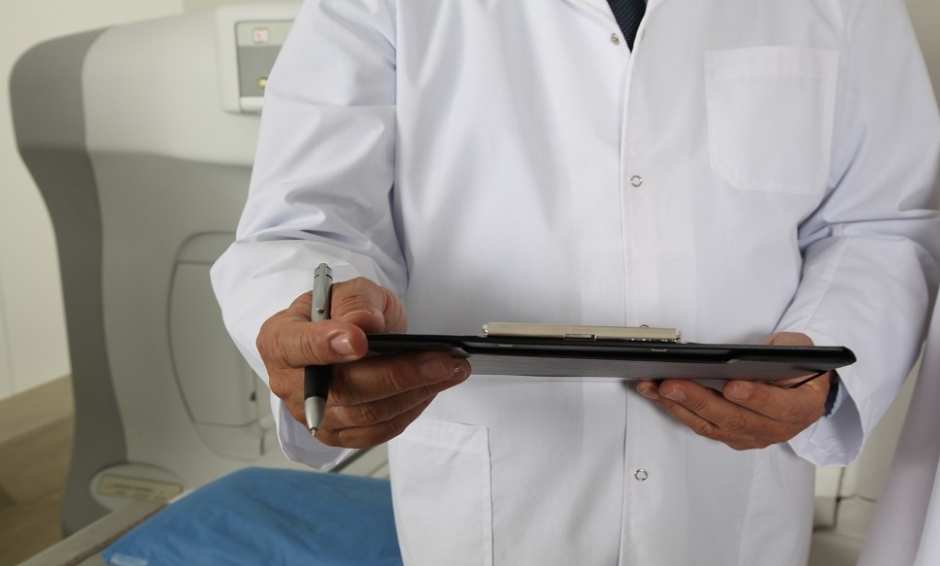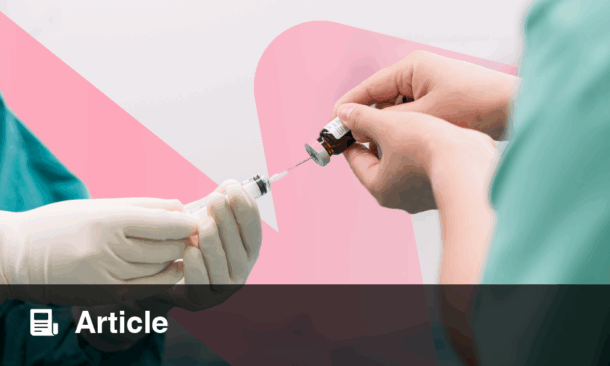FOCUSSED ultrasound has been suggested as a future therapy for the gentler treatment of tumours of the liver. Already used readily as a diagnostic method, the use of ultrasound in therapy requires the waves to be highly concentrated to destroy tumour cells and diseased tissue to render them harmless. Focussed ultrasound has a variety of diverse benefits for patients: it is non-invasive, does not require anaesthesia, and there are no operation wounds to heal post-procedure.
Developed as a part of the TRANS-FUSIMO EU project, researchers presented a method at this year’s European Congress of Radiology that permits focussed ultrasound to treat organs that move during breathing, such as the liver. Prior to this breakthrough, the use of this treatment has been limited to diseases such as bone metastases, prostate cancer, and uterine myoma.
Project Manager Sabrina Haase, Fraunhofer Institute for Medical Image Computing MEVIS, Bremen, Germany, shared: “Generating an image of the liver’s position every tenth of a second is not fast enough to reliably direct the ultrasound beam. This is why we developed software that can see into the immediate future and calculate the next position of the treated region.”
Researchers at the Fraunhofer Institute for Medical Image Computing MEVIS, Bremen, Germany, have successfully programmed the refocussing of ultrasound beams to match the movement of the liver in real time, effectively targeting the tumour whilst sparing neighbouring healthy cells. With the patient supine within an MRI scanner, an image is produced every tenth of a second displaying the current position of the liver. The ultrasound transducer is placed on the patient’s stomach and the waves are able to converge precisely at a particular point as small as a grain of rice. The MRI scanner monitors the temperature in the liver and ensures the correct areas are heated sufficiently to ‘cook’ the tumour cells. Elements of the ultrasound transducer are also blocked to ensure they do not hit and damage the protecting ribs.
Haase explained: “We have completed the technical development phase and have already run preliminary tests.” These tests include the simulation of organ movement using a robotic arm and gel model, exposed to focussed ultrasound. Analysis of the temperature distribution throughout was as expected; future tests in patients are due to begin in 2018.
(Image: freeimages.com)








